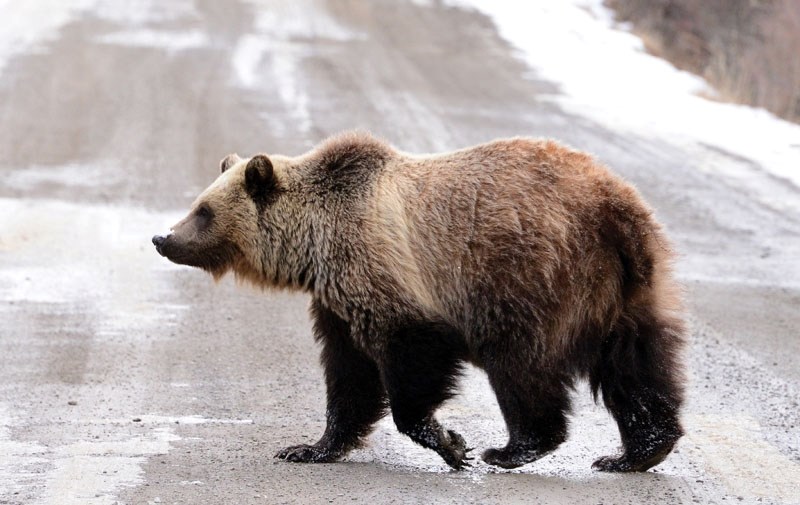Colliding with wildlife on the roads is a regular occurrence throughout Mountain View County, and residents are reminded to be extra cautious during the winter months.
Willie Rasmussen, Sundre-based problem wildlife technician with fish and wildlife, said he has been receiving more calls for wildlife collisions than usual.
“There's an increase during this time of year,” said Rasmussen.
“Hunting season is on, so animals are being moved, and they're also in a rut.”
The hunting season is now over, however, the rut will still last a couple of weeks, he said.
Speed is another factor in wildlife collisions and he advises people to slow down on the roads and be cautious of wildlife in the area.
The majority of the collisions have been with deer, but there have also been collisions with moose and elk, he said.
If a collision occurs and the animal is still alive, people are advised to call the 24-hour Report a Poacher line at 1-800-642-3800.
“If the animal is off the road and it's deceased, we just leave it,” he said. “If it's in the middle of the road and they can't move it then they need to call the RCMP. It should be taken right off the road.”
We usually go and look at it and see if it needs to be put down or if it will make it or not.”
As the winter months bring shorter days and the sun sets in late afternoon and rises later in the mornings, it is important to be extra cautious when driving in the dark.
The shorter days are also a factor of the increased collisions, he said.
“It's a very regular occurrence here in the Sundre area that we have lots of deer hits,” said Sundre RCMP Cpl. Ryan Hodge.
“People should be attentive to their driving. Adjust speed according to how dark it is and how far they can see with their headlights,” he said.
“But also all times of the day just be watching, scanning your ditches, looking for possible wildlife that are going to come out across the roadway.”
If a collision occurs and the vehicle is safe to drive, the driver is advised to go to the nearest RCMP detachment and report the collision, if the damage is exceeding $2,000.
“If it's a situation where their vehicle is not safe to drive, they should call the police to attend for the collision,” he said.
A report put out by Alberta Environment and Sustainable Resource Development officials provides tips on how to reduce collisions with wildlife.
These tips include:
• Scan the road and ditches for animals, especially when travelling at dawn or dusk.
• Slow down in a curve, when reaching the crest of a hill or in wildlife populated areas.
• Watch for shining eyes of an animal at night.
• Be aware that lights from oncoming traffic in the dark can make it difficult to see an animal on the road.
• Slow down if an animal is on or near the road because their behaviour is unpredictable.
• Animals travel in groups so watch for more than one
• Brake firmly if an animal is in the vehicle's path and do not swerve to avoid it.
• Honk in a series of short bursts to scare the animals away.
• Do now throw food or food wrappers out of the vehicle as it attracts animals.
The report also notes that there are an abundance of animals throughout the province that are active during the winter months.
“Roads attract wildlife because they provide a route of easy travel and roadside forage. Salted winter roads can also attract wildlife,” the report states.
“Many species tend to be more active at dawn or dusk, when driving visibility is poor and traffic volume is high.”



